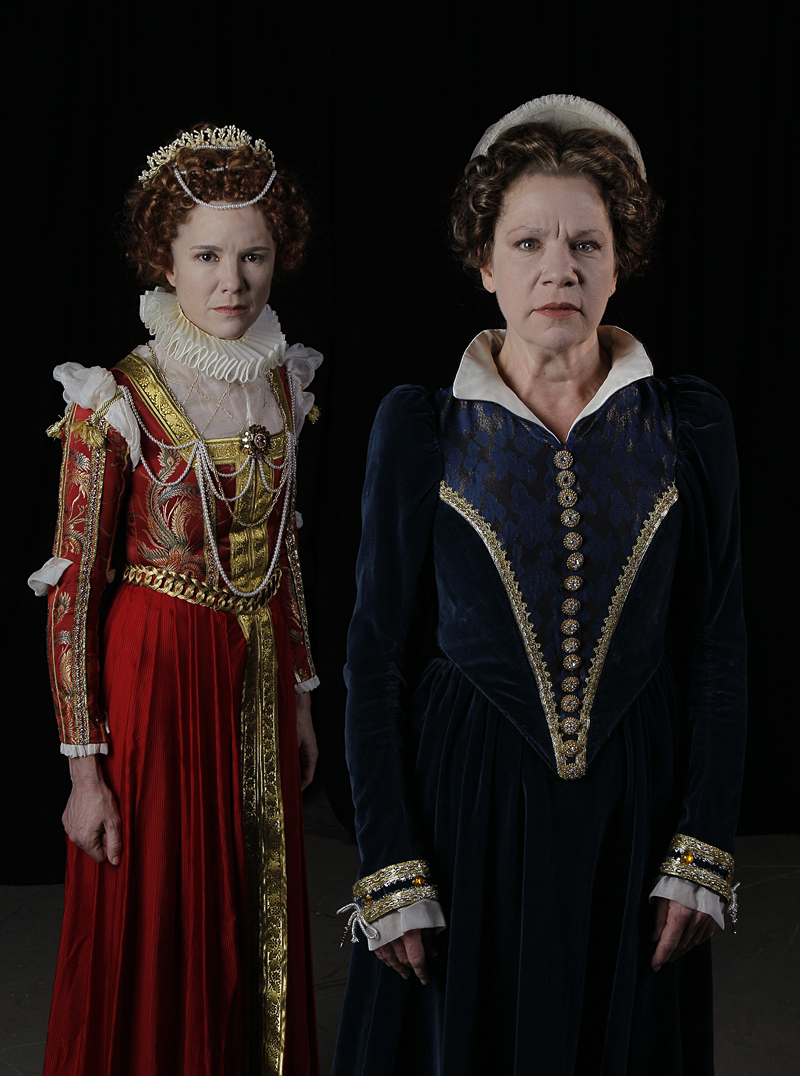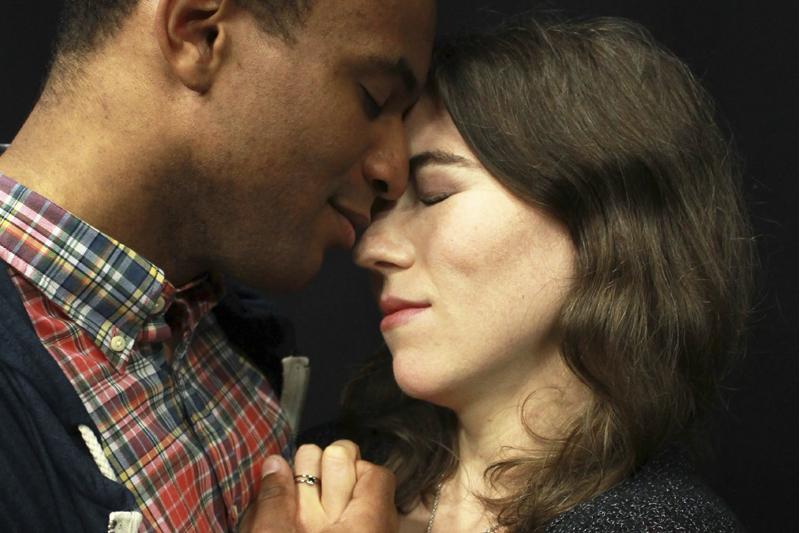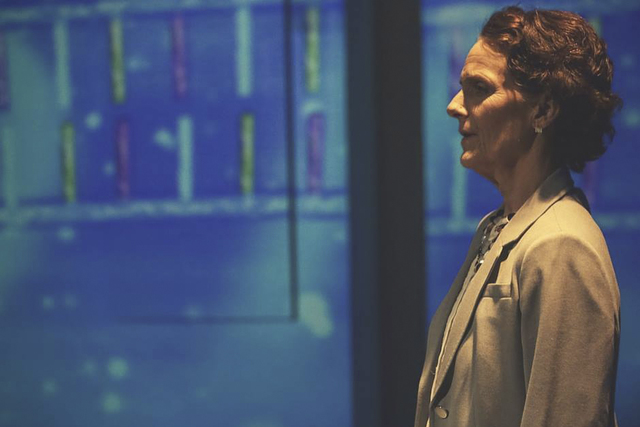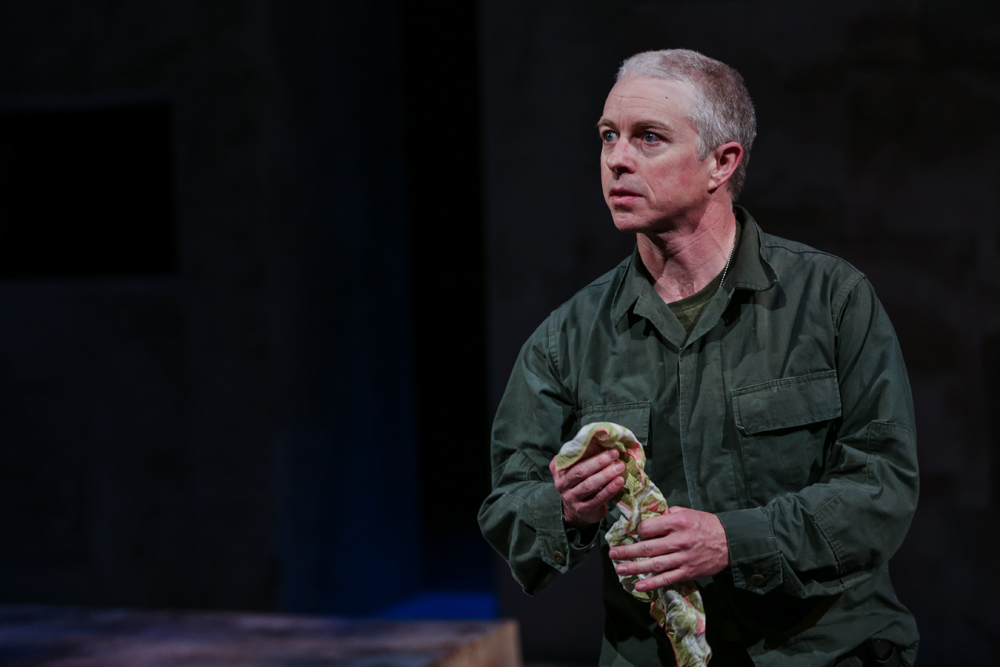What if Hillary had duked it out against Sarah in 2008, instead of against Barack? In 1800, Friedrich Schiller wrote just such a bilious fantasy contest between rival queens Elizabeth I of England and Mary of Scotland. In reality, the two never met, but in Dramaland, how could they not? And how could the new Peter Oswald translation that set London and Broadway atwitter not lure some of Seattle’s best acting talent?
Leads Anne Allgood (Mary) and Suzanne Bouchard (Elizabeth) brought the idea for the production to director Victor Pappas. Bouchard’s physical beauty makes it hard to fully buy her as the ugly virgin queen Elizabeth, and Allgood’s stout, plainer-faced Mary seems similarly improbable as an icon of libidinous worship, but history is only Schiller’s diving board here. Both actresses effectively sell their characters’ inner realities—namely that both are slaves to office and culture.
Elizabeth must embody her Protestant church and state, while her Catholic cousin Mary, imprisoned for the play’s duration, represents rebellion and the Counter- Reformation. Like queen bees of warring hives (both wearing resplendent raiment on a stark wooden stage), they have much more in common with each other than with their drones. (Male advisers are dressed in well-tailored contemporary gray suits.) Yet realpolitik dictates that only one may survive.
Mary Stuart‘s lengthy story—about two-and-a-half hours, with intermission—is detail-rich and speechy. It requires concentration to follow the double- and triple-crossings and to remember who’s who. R. Hamilton Wright plays a super-cynical, self-preserving Elizabethan favorite, the Earl of Leicester—who, for purposes of good drama, Schiller suggests was secretly in love with Mary. And the German playwright invents another go-between character, Mortimer (a cagey, intense Joshua Carter), whose fervid devotion causes Mary to beg “Who will save me from my savior?” A few wickedly funny moments leaven the mostly grim march to the gallows, and both queens deliver jaw-dropping scenes of imperious rage and touching humility. The final pathos here is that these towering symbols of Europe’s rival religions couldn’t marry each other or ask the other’s advice.








